Imagine waking up to new client inquiries in your inbox every morning—without lifting a finger overnight. That’s not a dream reserved only for tech giants. It’s the result of transforming your website into a 24/7 lead generation machine.
Most business websites today are glorified brochures. They look decent, maybe list your services, and include a contact form buried at the bottom of the page. But here’s the hard truth: if your site isn’t consistently pulling in leads—even while you sleep—you’re leaving money on the table.
This guide will walk you through everything you need to transform your website from a static page into an active, always-on sales asset. Whether you’re a solo consultant, a growing agency, or a local business, these strategies will help your site attract, capture, and convert high-quality leads—day and night.
Why Your Website Needs to Be a Lead Generation Machine
Think about your website like your storefront—it’s the first impression many potential customers will have of your business. If your website is outdated, difficult to navigate, or simply doesn’t offer the right solutions, you’re probably losing customers to competitors with more engaging, user-friendly sites.
But that’s not all. According to HubSpot, 61% of marketers say generating traffic and leads is their top challenge. The main reason? Websites aren’t optimized for lead generation, which means businesses miss opportunities to capture interest before a potential client leaves. In fact, if your site doesn’t capture leads effectively, you might be operating on “auto-pilot,” but you aren’t cruising to the right destination.
To compete in today’s digital-first world, your website needs to serve as an automated lead generation tool that works for you 24/7.
Step 1: Understand Your Audience and Create a User-Centric Website
The first step in optimizing your website for lead generation is to understand your audience. You need to speak directly to your target market, which means knowing their pain points, desires, and specific needs. Customer personas are key to this process.
Building Customer Personas
Customer personas represent ideal users for your business. By understanding the motivations and challenges of your target audience, you can craft a website experience that addresses their concerns and offers solutions.
Questions to ask when creating a persona:
- Who are they? (age, gender, profession, etc.)
- What problems are they trying to solve?
- Where do they spend time online?
- What motivates them to take action?
For example, if you’re a digital marketing agency, your persona might be a small business owner who struggles with online advertising but understands the value of digital marketing. Knowing this, your website should highlight how your services will solve these pain points directly.
Step 2: Implement Lead Capture Tools
Your website needs specific tools designed to capture leads effectively. Think about the following:
Contact Forms and Pop-ups
The first, and most common, tool is the contact form. But don’t just use a generic, one-size-fits-all form. Instead, ask for only essential information that you need to follow up. The more fields you have, the more friction you create. Keep it simple: name, email, phone number, and a brief message should suffice.
Pop-ups are another fantastic way to engage visitors. These can be strategically timed to appear after a user has been on your site for a certain amount of time or after they’ve scrolled to a certain point.
But here’s the catch: pop-ups can be annoying if they’re too frequent or intrusive. Ensure they’re well-timed and add value—such as offering a discount, free resource, or relevant blog post. Tools like OptinMonster or ConvertBox can help you set up effective pop-ups.
Lead Magnets
Consider offering valuable content in exchange for your visitor’s information. This is known as a lead magnet. Lead magnets could be:
- E-books or guides
- Case studies
- Free checklists or templates
- Webinars or video tutorials
For example, if your business offers web design services, you could offer a free “10-Step Website Optimization Checklist” to attract leads.
Make sure your lead magnet aligns with your audience’s needs. This is where knowing your personas comes in handy. Your lead magnet should solve a specific pain point for your target audience.
Step 3: Implement Automated Email Marketing
Once you capture a lead, the next step is nurturing them through automated email marketing. Without automation, you risk letting those leads slip through the cracks.
Tools like MailChimp, HubSpot, and ActiveCampaign can help you set up automated email sequences that follow up with leads at specific intervals. Your email sequences could look like this:
- Email 1: A welcome email with a link to your lead magnet or valuable content.
- Email 2: An educational email related to their specific needs.
- Email 3: A testimonial or case study showcasing your work.
- Email 4: An offer to schedule a consultation or sign up for your services.
By automating this process, you’re ensuring that your leads are consistently nurtured, even if you’re not physically at your desk.
Step 4: Add Social Proof and Testimonials
Social proof is a powerful tool for boosting conversions. When people see that others have had positive experiences with your brand, they’re more likely to trust you.
Include testimonials from happy clients, success stories, and case studies prominently on your website. Use quotes, statistics, and before/after images to make these testimonials more persuasive.
If you don’t have testimonials yet, start collecting them! Reach out to past clients and ask for feedback. Make sure to ask for specific results or experiences that will resonate with your target audience.
For example, if you’re a marketing consultant, showcase how your service helped a client increase their sales or traffic by a specific percentage. Concrete results are more persuasive than general praise.
Step 5: Optimize for Speed and Mobile
The next critical step in turning your website into a lead generation machine is making sure it loads quickly and functions perfectly on mobile devices. Google ranks mobile-friendly websites higher in search results, so if your site isn’t mobile-friendly, you’re losing out on potential leads.
Use tools like Google PageSpeed Insights or GTMetrix to evaluate your site’s speed and make necessary optimizations. For example, compress images, minify CSS/JavaScript, and enable browser caching.
Step 6: Drive Traffic with SEO
Now that your website is optimized for conversion, it’s time to focus on driving traffic. Organic traffic is the most sustainable form of growth, and SEO (Search Engine Optimization) is the backbone of driving this traffic.
Focus on these key areas of SEO:
- Keyword Research: Identify high-volume, low-competition keywords that your target audience is searching for. Use tools like Ahrefs, SEMrush, or Ubersuggest.
- On-Page SEO: Optimize your content for search engines by incorporating keywords in your title tags, headings, meta descriptions, and throughout the text.
- Quality Content: Provide real value to your audience with long-form blog posts, guides, tutorials, and case studies.
- Backlink Building: Gain backlinks from reputable sites in your industry to increase your domain authority.
SEO isn’t a one-and-done job—it requires constant refinement. Keep up with industry trends and adjust your SEO strategy accordingly.
Step 7: Use Analytics to Track and Improve
Finally, you need to track your website’s performance to continually improve. Tools like Google Analytics and Hotjar provide detailed insights into user behavior. You can track metrics like bounce rates, time spent on site, and conversion rates to understand what’s working and what needs improvement.
For instance, if you notice a high bounce rate on a specific page, you may want to adjust the copy, layout, or call-to-action (CTA) to encourage visitors to stay longer.
Final Thoughts
Your website should be your most reliable salesperson—available 24 hours a day, ready to deliver value and drive action. Whether you’re a small business owner, freelancer, or scaling enterprise, these strategies are your blueprint for building a high-converting, lead-focused website that works even when you’re offline.
Start implementing one piece at a time. Test. Refine. Then automate.
If you’re looking for expert guidance to speed things up, Creative60’s Web Services can help you unlock your website’s full potential with design, SEO, automation, and more.
💡 Don’t let your website sit quietly in the background. Make it your best-performing employee—without the salary.
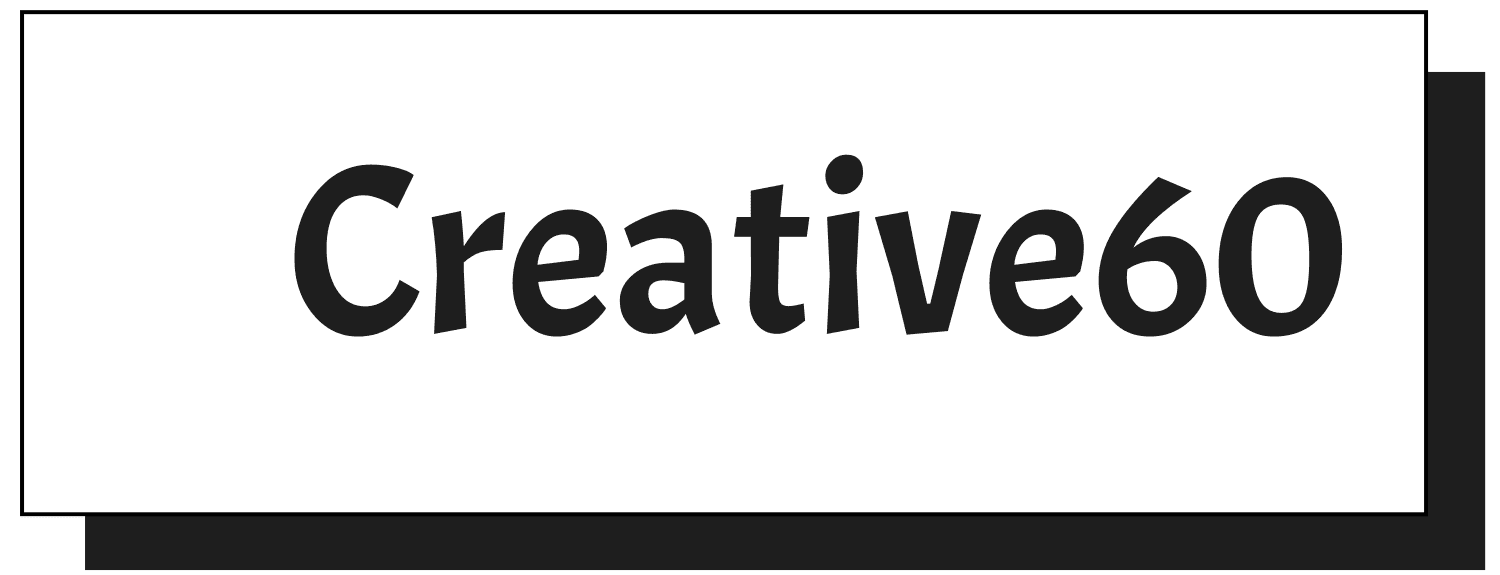
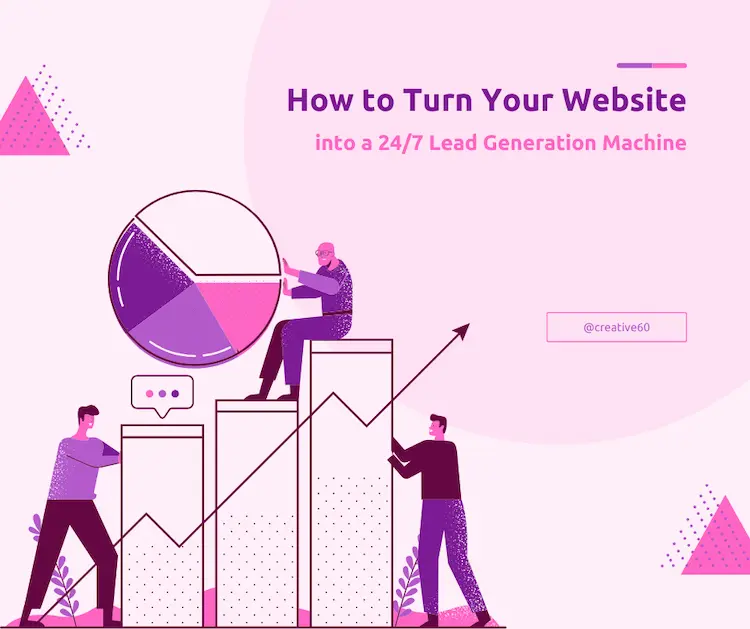
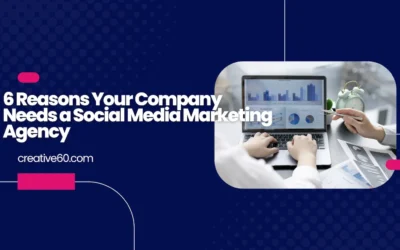
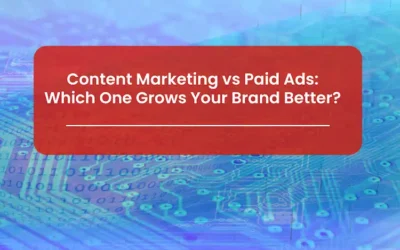
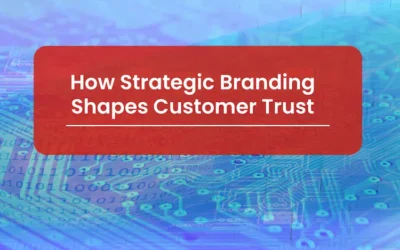
0 Comments